Effects of Dehydration on Seafood Quality
By. Nugroho Luhur - 02 Oct 2025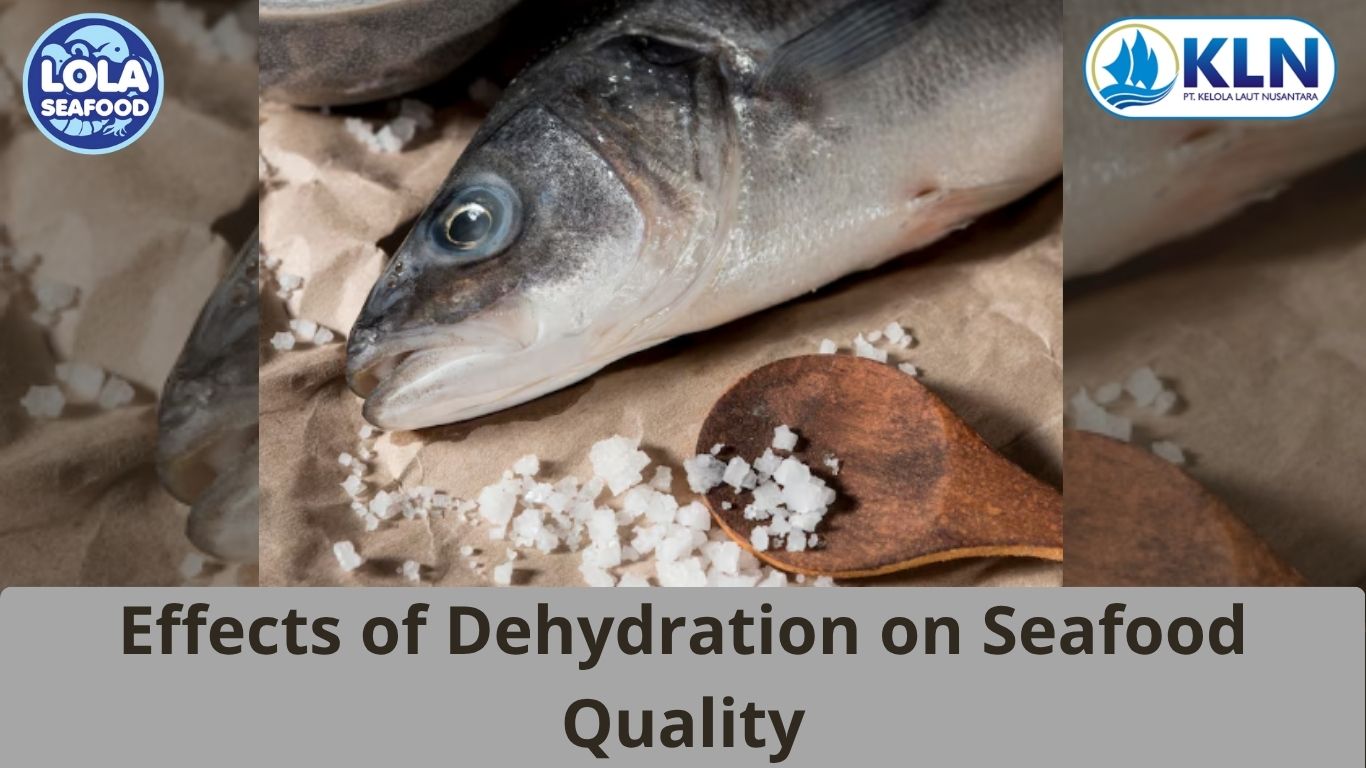
Kelolalaut.com Seafood is highly valued for its freshness, delicate flavor, and nutritional benefits. However, it is also extremely perishable and vulnerable to various quality defects during storage and handling. One of the most common issues affecting frozen and refrigerated seafood is dehydration, an unintended loss of moisture from the product. Unlike intentional drying methods used for preservation, such as producing dried fish, unintentional dehydration reduces product quality and market value. The effects of dehydration are particularly important in global seafood trade, where appearance, taste, and consumer acceptance determine competitiveness.
What Causes Dehydration in Seafood?
Dehydration in seafood occurs primarily during frozen storage when ice crystals on the product surface gradually sublimate into the air, a process commonly referred to as freezer burn. This happens when packaging is inadequate, storage conditions are unstable, or relative humidity is too low. Temperature fluctuations that cause repeated thawing and refreezing also increase water loss and tissue damage. Poor packaging materials, long storage times, and improper cold chain management further accelerate dehydration, making it a critical quality concern.
Appearance
The appearance of seafood is the first quality parameter that consumers notice, and dehydration has a dramatic impact on this attribute. Dehydrated seafood often exhibits:
- Surface whitening due to ice sublimation, which leaves behind dry patches.
- Frost-like marks or uneven discoloration, making the product appear old or poorly stored.
- Loss of natural sheen, reducing the perception of freshness and premium quality.
Even when the seafood is still safe to eat, these visible defects often lead to rejection by buyers and consumers. In competitive markets, products showing signs of dehydration are frequently downgraded, leading to financial losses.
Texture
One of the most significant consequences of dehydration is the deterioration of texture. Moisture plays a vital role in maintaining the soft, tender, and juicy qualities that define fresh seafood. When water is lost:
- The flesh becomes tough, rubbery, or fibrous, making it less enjoyable to eat.
- Protein denaturation and tissue damage occur, reducing the product’s natural elasticity.
- Cooking performance is affected, as dehydrated seafood releases less moisture during preparation, resulting in a dry mouthfeel.
Consumers often associate textural toughness with poor freshness, even if the seafood was originally of high quality.
Flavor
Dehydration also alters the flavor profile of seafood. As moisture evaporates, salts and other compounds become more concentrated, leading to:
- Off-flavors that mask the natural sweetness of seafood.
- A stale or freezer-burnt taste that lowers consumer acceptance.
- A decrease in the delicate flavor balance that fresh seafood is known for.
Because flavor is closely tied to consumer satisfaction, even minor flavor defects caused by dehydration can significantly impact repeat purchases and brand reputation.
Nutritional Value
Dehydration does not completely destroy nutrients, it can indirectly affect the nutritional value of seafood. The main impacts include:
- Protein quality reduction due to denaturation caused by tissue damage and moisture loss.
- Lowered perception of nutritional integrity, as consumers often equate freshness with nutritional richness.
- Potential decreases in certain water-soluble vitamins if the product undergoes repeated thawing and refreezing cycles.
Although the macronutrient composition remains relatively stable, the overall nutritional image of dehydrated seafood is diminished in the eyes of consumers.
Dehydration in seafood is a critical quality issue that affects appearance, texture, flavor, nutritional value, and marketability. While seafood may remain safe to consume, dehydration significantly reduces consumer acceptance and leads to financial losses for the seafood industry. Controlling dehydration requires careful attention to packaging, storage, and handling practices, ensuring that seafood retains its natural freshness and appeal. By addressing dehydration effectively, the seafood industry can deliver products that meet consumer expectations for taste, texture, and nutritional quality, while also maintaining strong competitiveness in global markets.
If youre interested in our Barramundi Whole Round / Whole Gilled Gutted Scaled , Barramundi Fillet Skinless , Barramundi Fillet Skin On and Barramundi Fillet Portion Cut please do not hesitate to contact us through email and/or Whatsapp
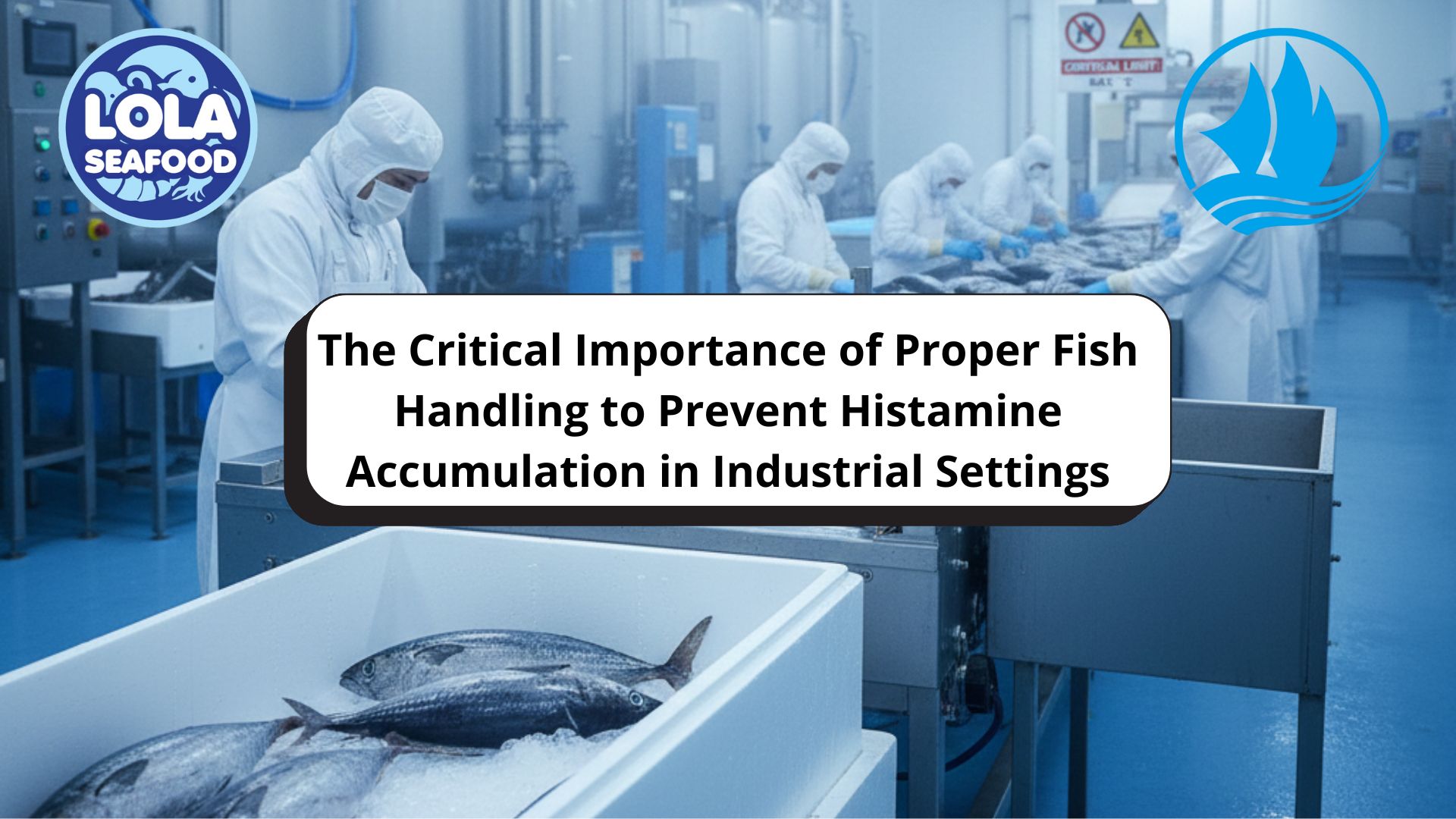
The Critical Importance of Proper Fish Handling to Prevent Histamine Accumulation in Industrial Settings
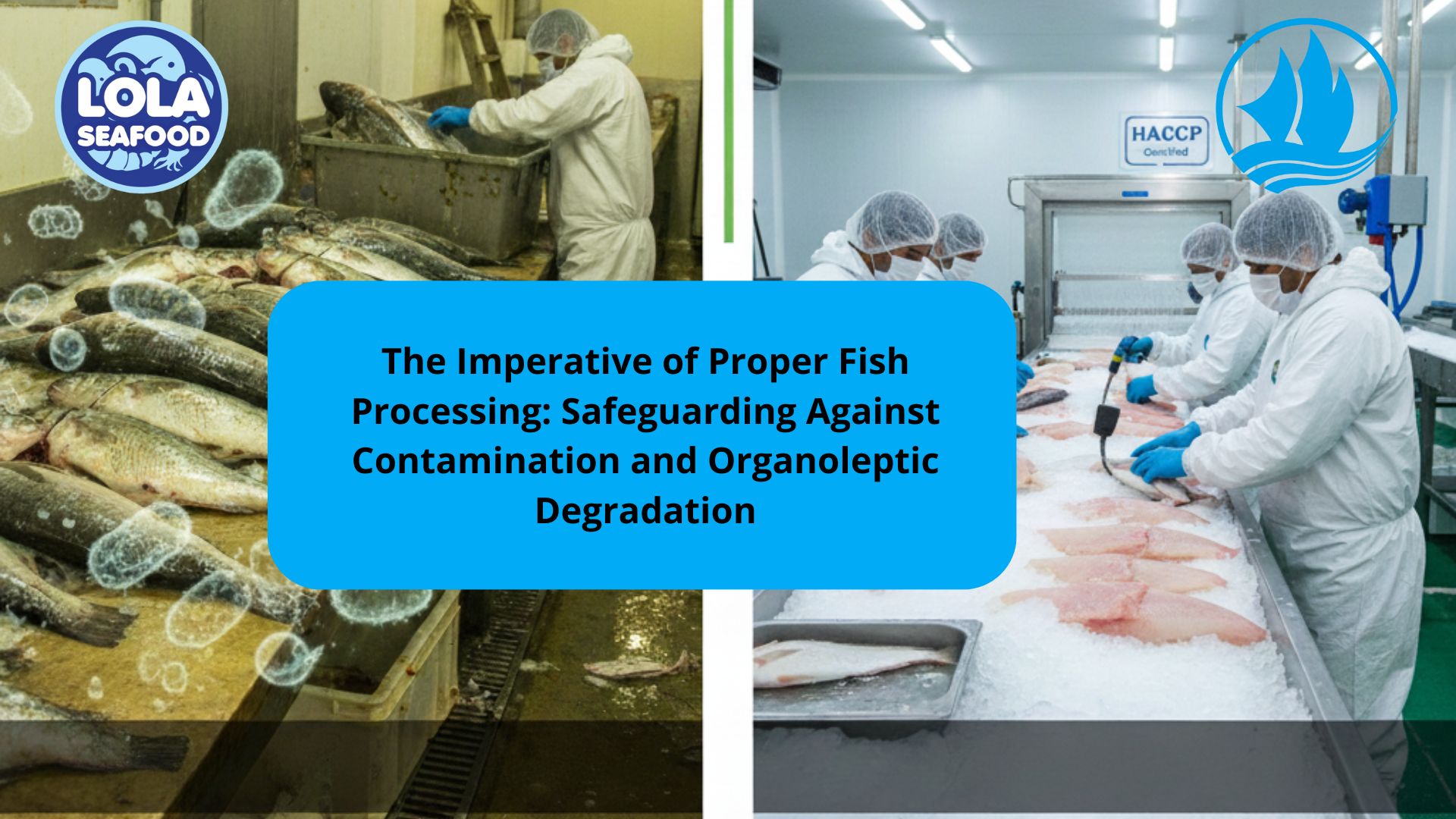
The Imperative of Proper Fish Processing: Safeguarding Against Contamination and Organoleptic Degradation
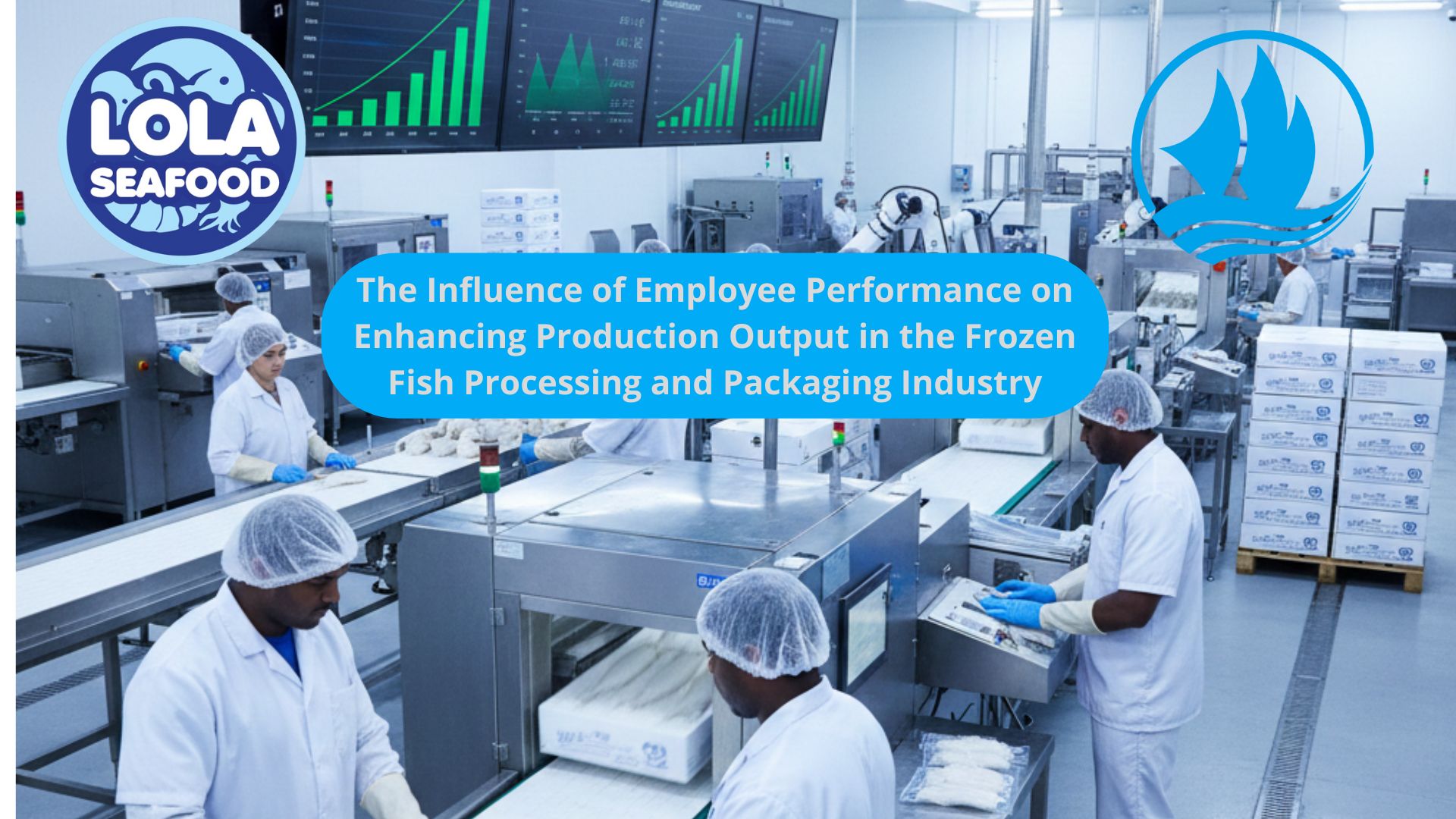

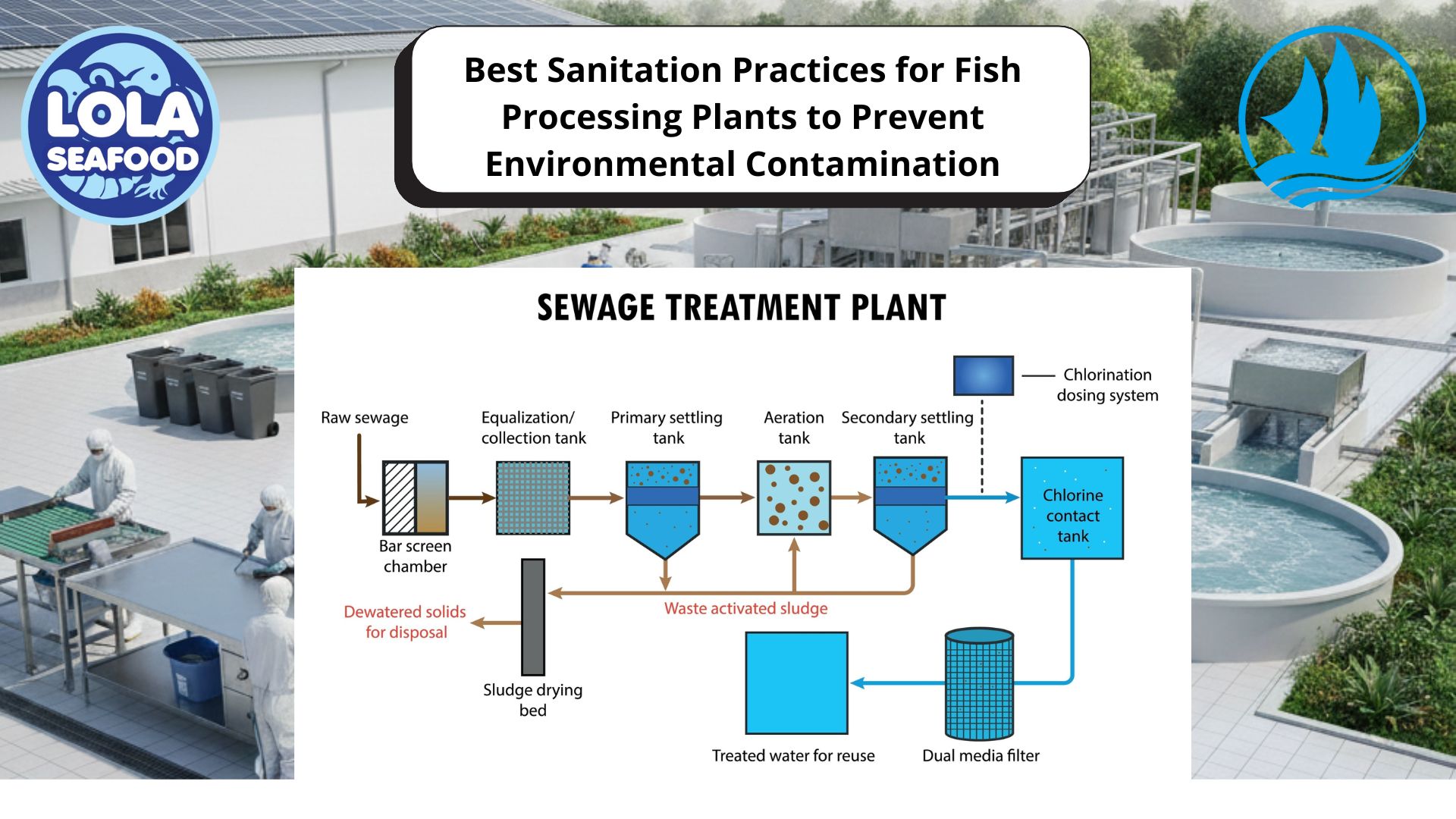

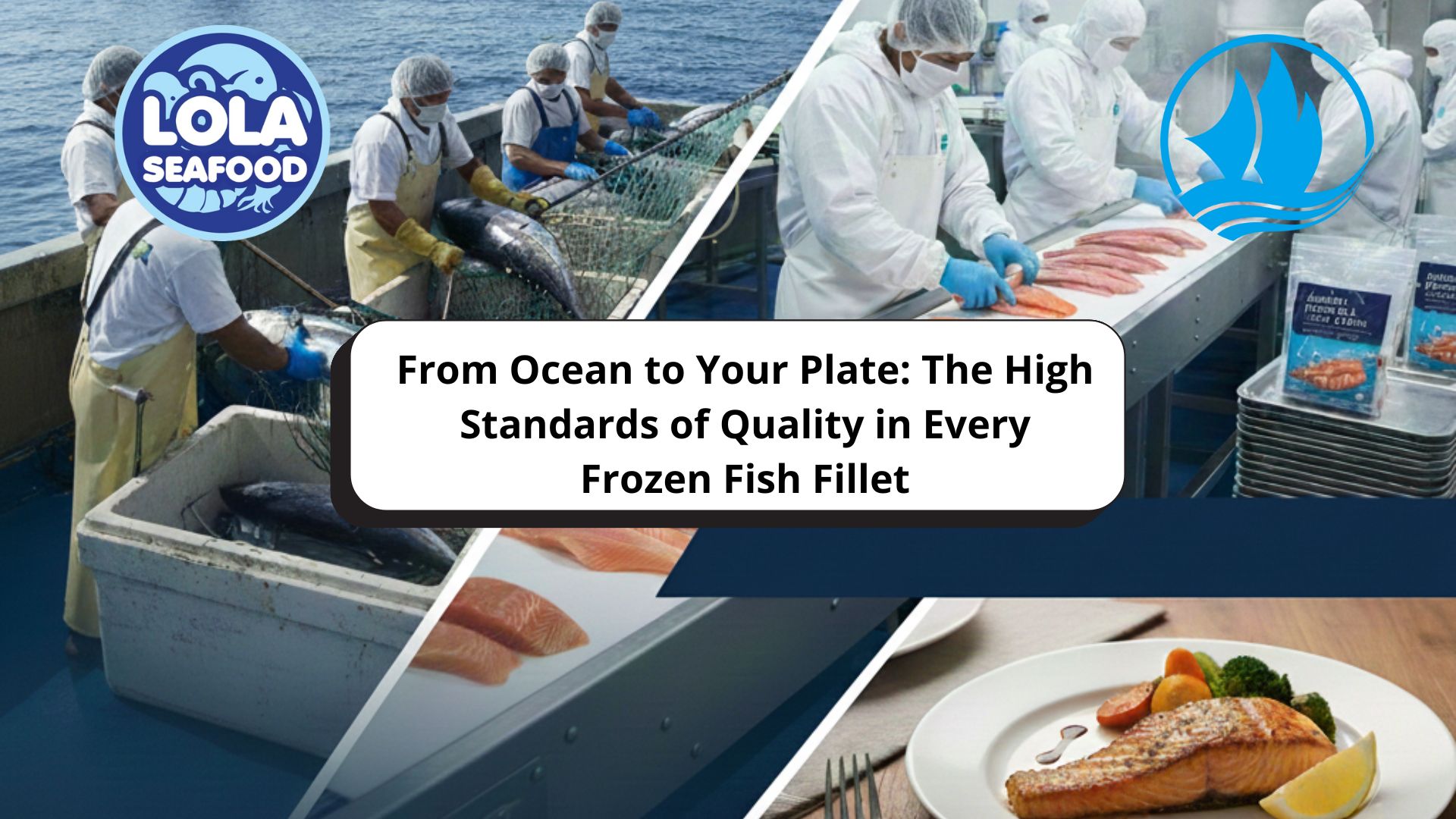

.jpg)